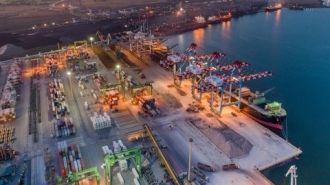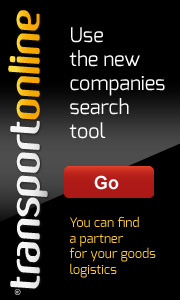Search Company:

The classic modal shift has received much attention in recent years in order to get more cargo from the road to rail or barge. However, developments in road transport are moving so fast that an inverse modal shift is imminent. This is the conclusion of a Dutch research firm TNO.
“There is a chance that road transport will score better than the other modalities on all objectives of the modal shift, such as sustainability and traffic flow. This could result in a reverse modal shift: a shift from rail and inland shipping to the road. The question is whether we mind. Because a modal shift is not an end in itself”, said Jaco van Meijeren of TNO during Multimodal Online 2020 last week.
Synchromodal transport
A few years ago, public policy looked more at synchromodal transport; the best modality of the moment. This gives the possibility, for example, to shift cargo to the road in the event of low water. But the sustainability agenda has shifted policy more towards the classic modal shift.
“We have seen for years that there is no shift in the share of modalities. Despite all policy, the share of rail and barge remains the same. I expect that technological developments will have a major impact on the logistics system and the modalities mix. Especially because the pace of innovation will differ per modality”, explains Van Meijeren.
Autonomous driving
“There is a lot of attention for autonomous driving with trucks or truck platooning. Experiments are carried out with trucks without a cabin, and thus without a driver. Once that becomes a reality, transportation costs drop by 45 per cent. That means a significant competitive advantage for road transport.”
Sustainability is also rapidly developing in road transport. “We see many developments in the field of electric driving, both with batteries and hydrogen power. Initially mainly in city logistics, but also for long distances. This means that road transport is moving towards zero emission as well as low-noise operation. If we combine both these developments with digitisation to bring together supply and demand 24 hours a day, a possible future scenario will arise in which road transport becomes cheap and sustainable. Moreover, it can take place at night because it is autonomous, an important advantage to solve the congestion issue. In the meantime, we achieve everything we want to achieve with the modal shift. ”
Incidentally, the same developments are underway in rail and inland shipping, although innovations seem to be accelerating in road transport. “If more digitisation and coordination efforts were made between parties in rail and inland shipping, those modalities would be used more”, Van Meijeren expects. Read more
Source: RAILFREIGHT




